Momiji – clôturez la saison en pique-niquant sous les couleurs d’automne, du 8 au 16 novembre !
Home | The Parc Oriental’s history
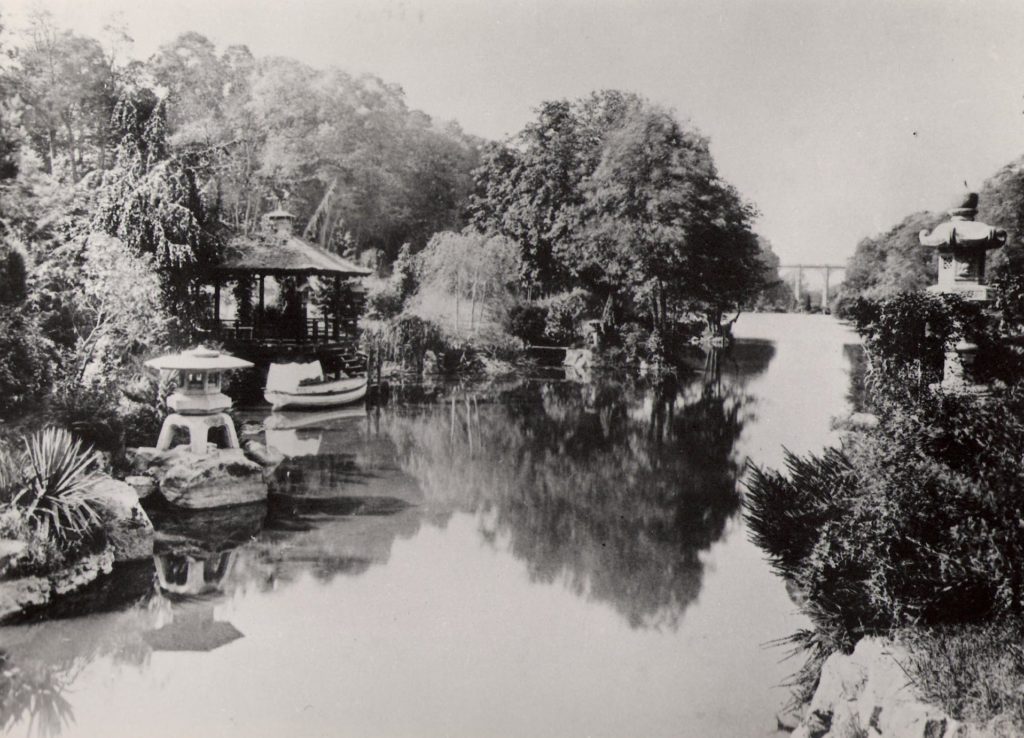
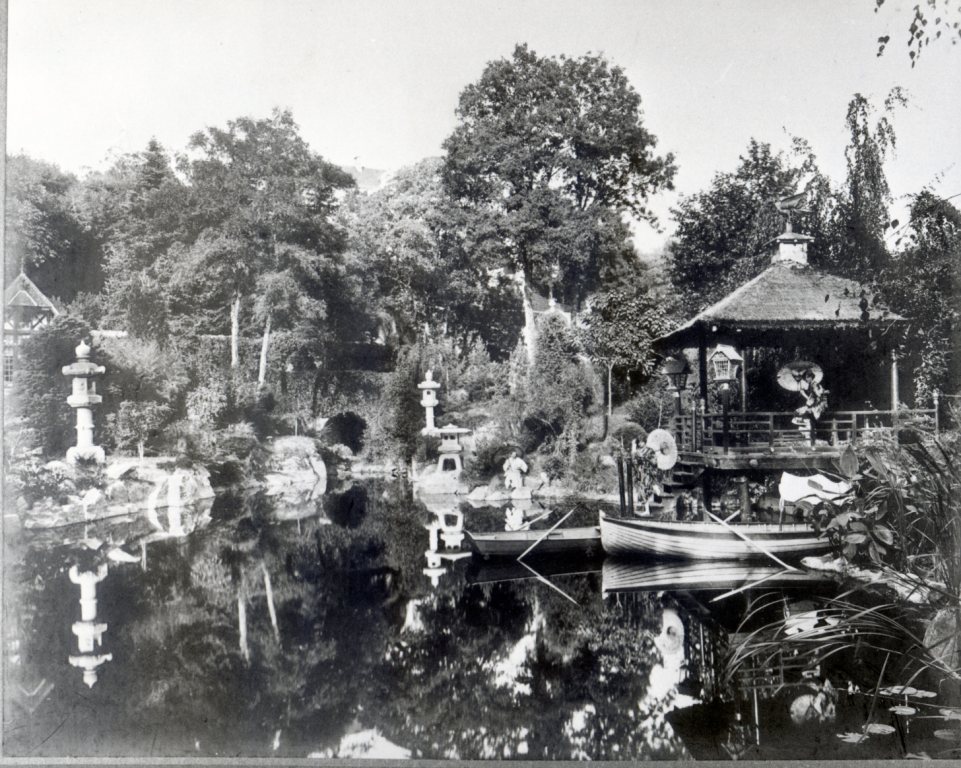
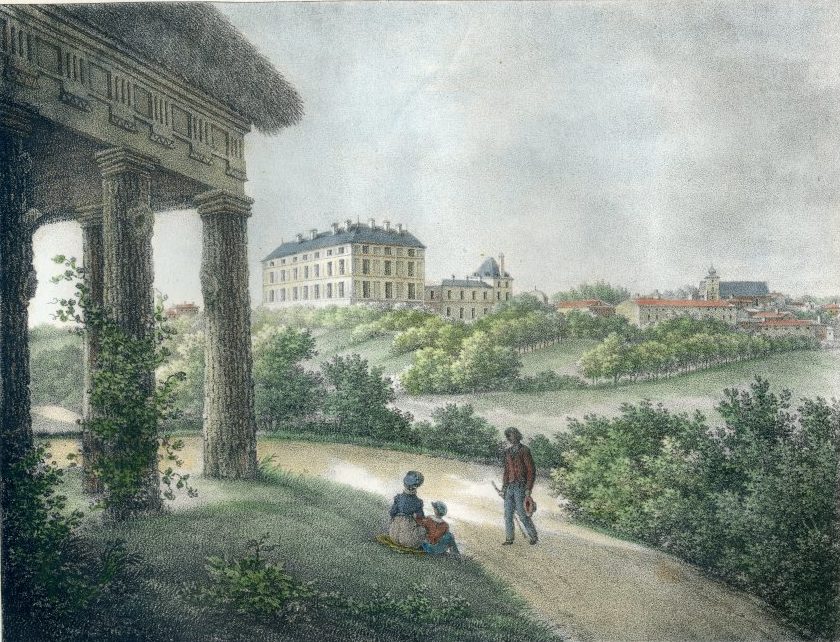
However, in 1945, when the property was sold, the garden was forgotten. For about 40 years, it was abandoned. Only the attachment and passion of the inhabitants of Maulévrier gave it a second wind. In 1980, the commune bought the park and classified it as a French natural site under the impetus of Jean-Louis Belouard, mayor of Maulévrier at the time. The people of Maulévrier got involved and the first volunteers began to clear the garden. An association was created at the end of 1982 to ensure its preservation and management. The renovation of the park intensified.
Thanks to everyone’s commitment, the Park of Maulévrier opened its doors to the public on June 15th, 1985 and was soon recognised as an EDO period (16th-19th centuries) walking and transformation garden, by three Japanese professors from Tokyo and Niigata’s horticultural universities. From then on, major restoration work was launched with the aim of developing this heritage while respecting its original aesthetic and Japanese-style pruning. In 2004, the garden was awarded the title of “remarkable garden” by the Ministry of Culture and in 2022, the European Association of Japanese Gardens was created.
The Parc Oriental of Maulévrier will celebrate its 40th anniversary of being open to the public in spring 2025.
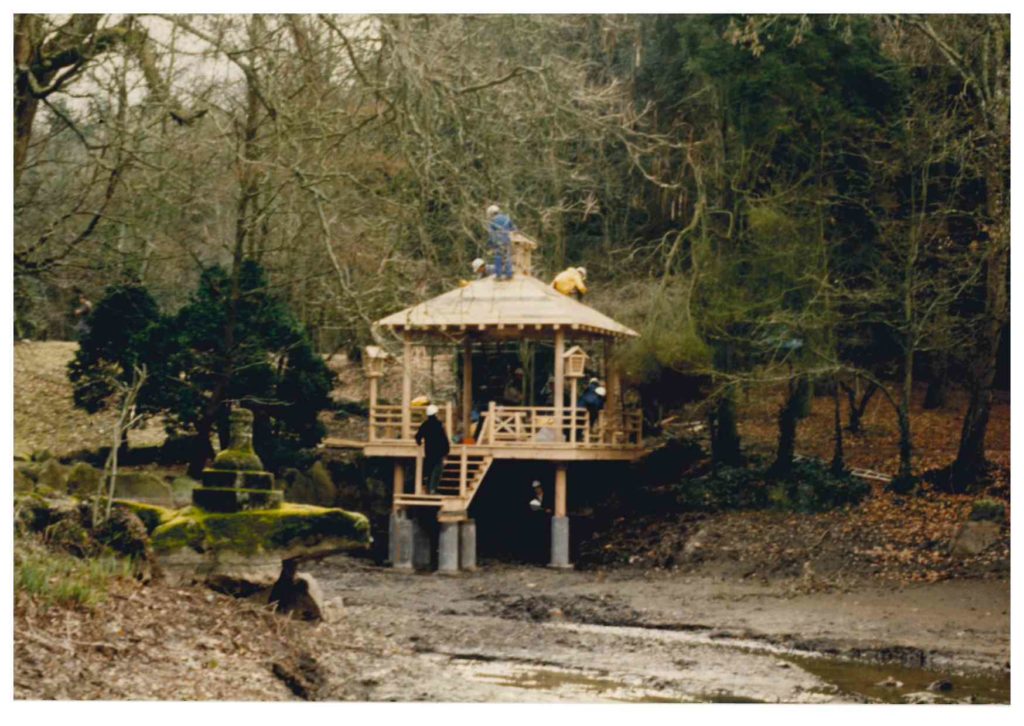
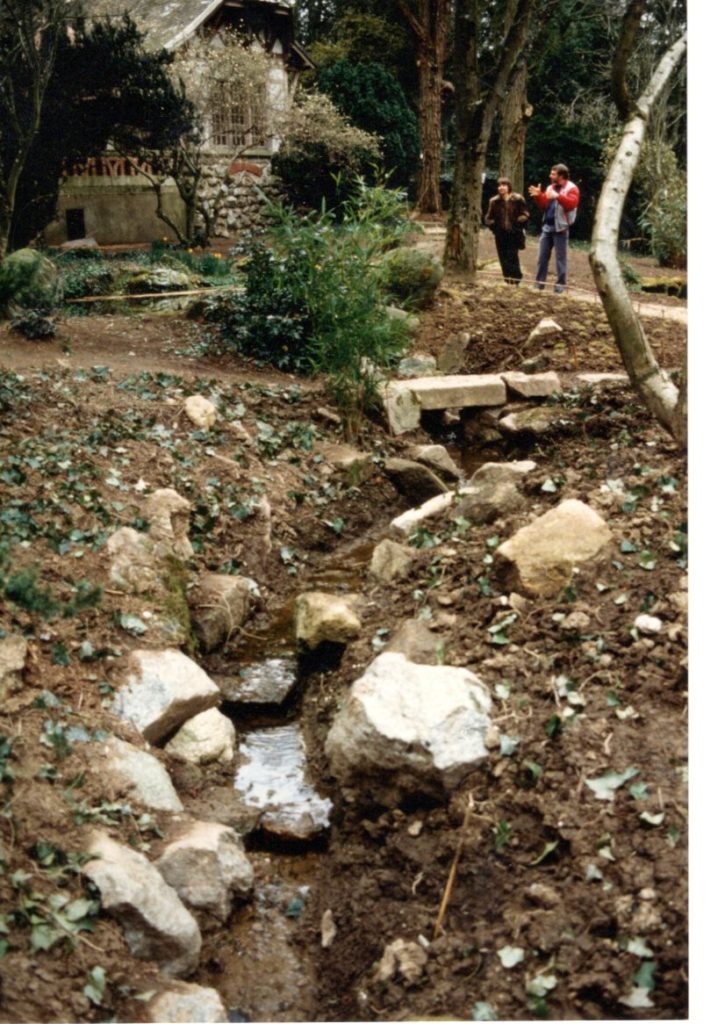
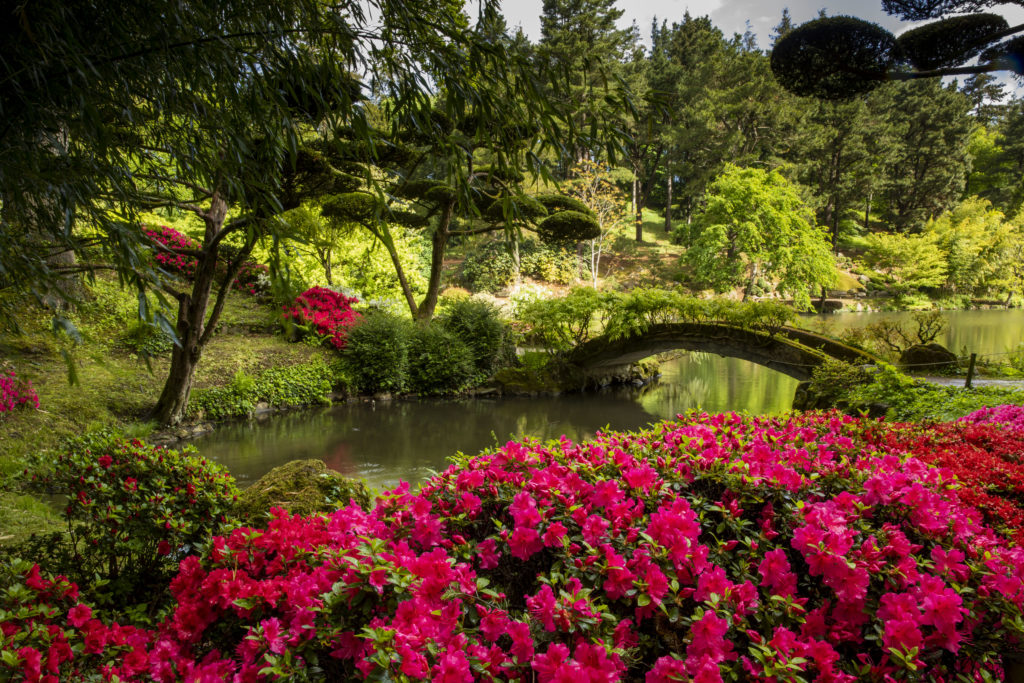
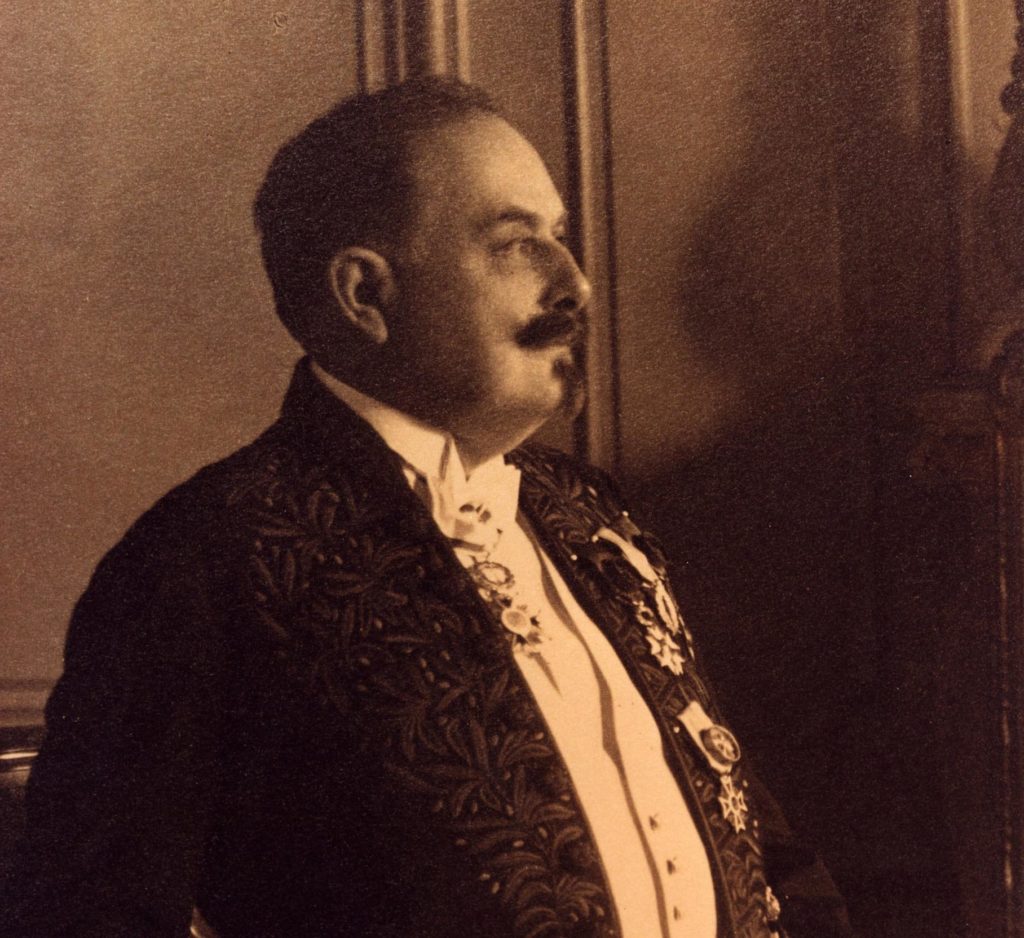
A Parisian architect, Alexandre Marcel was the winner of numerous competitions and international prizes. At the end of the 19th century, he became fascinated with orientalism, and in particular with Japonism, as was the fashion of the time. In 1899, in Paris, rue de Babylone, he designed a party hall with Japanese decorations for the director of the “Bon Marché” in Paris, which has now become the “Pagoda” cinema.
For the Universal Exhibition of 1900, Alexandre Marcel created the pavilions of Cambodia, Spain and the Compagny Messageries Maritimes, called World tour Panorama, which earned him a good reputation. Some of its elements and follies were integrated into the Maulévrier Park, and others were bought by the Belgian King Leopold II for his property in Laeken, north of Brussels. Alexandre Marcel’s international career included the creation of the Royal Racecourse in Ostend, the construction of a palace for the Belgian industrialist Empain in Heliopolis near Cairo, a French-style palace for the Maharajah of Kapurthala in Punjab, and the construction of the house of the French ambassador to Japan in 1913.